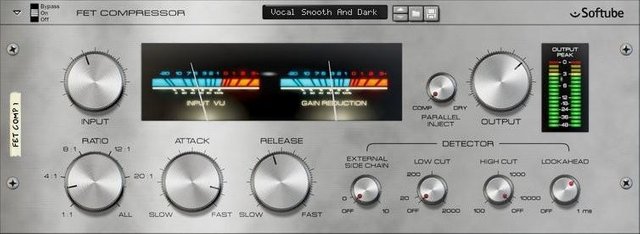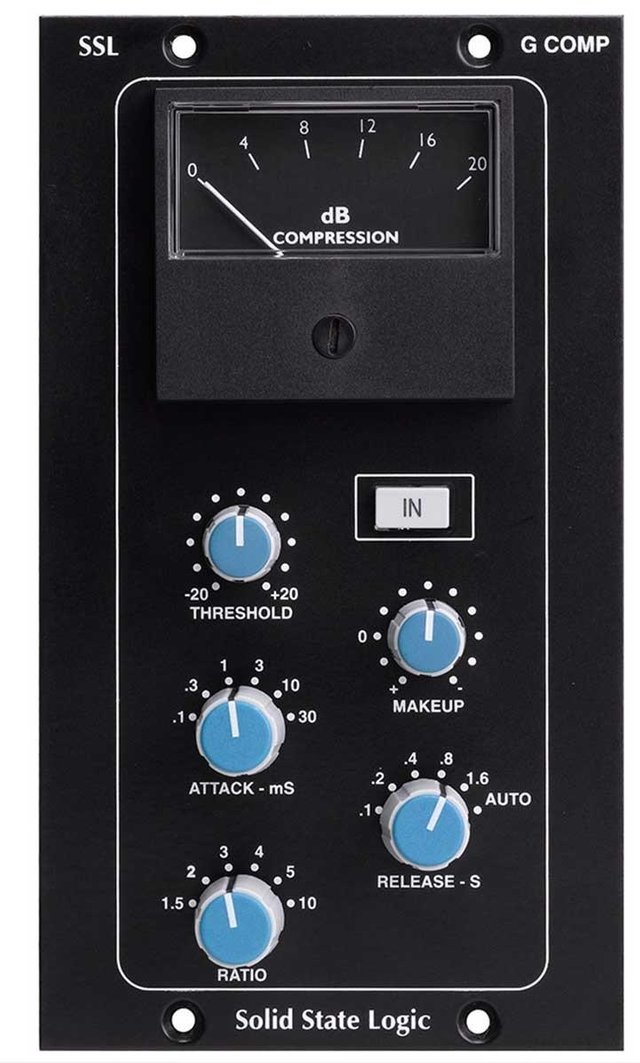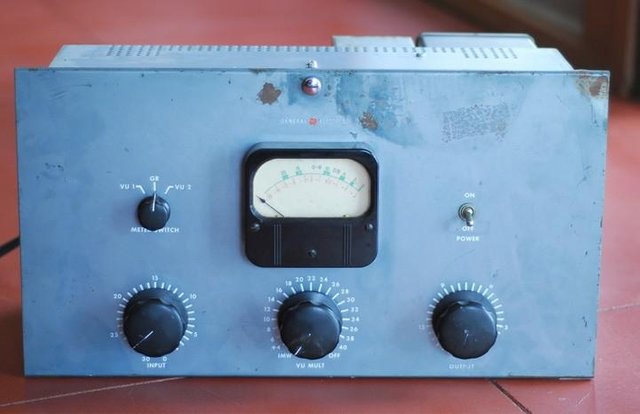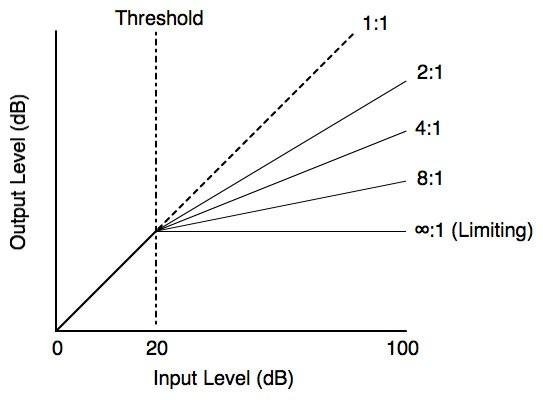The compressors
It feels really great to be back with our Third Edition on processors, and today we will be looking at another interesting processor The compressor. If you missed the First and Second Edition on the EQ you can check it out through the links at the end of this article.
And like always you are free to send in your question and suggestions through comments as I will do my very best to attend to them and also learn from you.
Today's article will be looking at some basic of the compressor and how it works.
. Types
. Functions
.Settings
so let stick around and see how far we can go in today's article.
Compressors are being used by audio recording studios all over the world as a tool to shape the dynamics of an audio recording. therefore it can be categorized as dynamic processors or dynamic effects.
Normally, a compressor is being used as an insert "effect" and that means it can just affect one sound on the channel that it is being inserted on.
For example : a compressor can be inserted into a vocal track channel. When the vocalist gets too loud, the compressor will automatically reduced the volume of the vocal track.
Now let's take a look at the basic overview of compressors
Compressors reduces the amount of level on an audio track just like you would do with the fader on a mixing console. The only difference here is that when using the compressor, the process is faster than doing it manually.
Another basic idea of the compressor is that you set a threshold. When the level of the audio signal reaches the threshold and gets over it, the compressor actually starts working and also starts compressing. This simply means that the compressor works only on signals above the set threshold.
The amount of compression that takes place is that which you set with the ratio and this ratio determined the amount of compression above the threshold.
Explaining the work of a compressor in my own way, is simply that it makes loud sounds softer.
** moving ahead, we will be looking at the different types of compressors.**
N/B * Compressors are named according to the circuit design it uses to react to the signals you put through it. *
There are various types of compressors in the market but we'll try in this article to explain the **big four **
FET
OPTICAL
VCA
TUBE
And before we move further to explaining all this compressors, I will like you to know that they serve the same function.
FET (Field Effect Transistor Compressors)
These compressors make use of electric field to control the gain of the unit. They also have a super attack and release which allows you to shape the transients. This make them a favorite on drums for many producer.
Optical
These type of compressors makes use of photocell as a detector and also a bulb or LED to determine the gain level. The light will glow depending on the strength of the signal passing through it and reduce the gain accordingly.
These compressors are much less sensitive to transients and peaks
VCA
These type of compressors are known for their fully controllable circuits which allows you to really fine tune each setting. They are also valuable in every aspect of production be it bit tracking, mixing or mastering as they have the ability to be completely transparent while still being able to add the glue a mix or drum bus needs.
Tube
This is a compressor design who's gain is being controlled by a vacuum tube and this this set of compressors were designed for use in broadcasting because of the need to level out inconsistent speech on radio. One unique quality of tube compressors is the ratio of the gain reduction which actually increases as you hit the unit harder, which is musically pleasing when you lay into it more aggressively.
Functions and Settings.
Setting up a compressor can be much of a job if you don't know how to go about it.
First I start up with the threshold(dB)
when setting this up ensure that the level gets over the threshold. Otherwise, the compressor won't compress. You can achieve this by lowering the threshold of the compressor if it doesn't do anything.
Setting the ratio:
The next step is to set the ratio. This ratio determines how hard the compressor works. That is to say, a ratio of 2:1 means that for every 2dB above the threshold only one will be outputted by the compressor. Likewise a ratio of 20:1 means for every 20dB above the threshold only one will come out. Also the ratio of 1:1 means basically for every 1dB above the threshold one will come out and that's a natural position so it will have no compression at all.
*The 2:1 ratio means a soft compression
The 20:1 ratio means a hard compression
The 1:1 ratio means no compression *
N/B : When compressing it is necessary to add makeup gains to help bring the volume up to march the original volume.
Makeup gains :
This compensates for the amount of compression.
*there are still other things that are very important in setting up a compressor and this includes : *
Attack time
Release time
And these are settings which works in the amount of time set in milliseconds.
some compressors offer options like
Fast attack. * Fast release
Slow attack. * Slow release
Auto attack. * Auto release
or something similar to this.
what are these terms??
attack time
This determines how fast the compressor applies the compression when the signal gets over the threshold.
release time
This determines how long it takes to stop compressing when the level drops below the threshold again.
These are just the basics of the compressor, in our next article we'll be looking at some interesting effects of these compressors. If you missed our previous article on the EQ you can check it out through the links below
And as always you are encouraged to send in your questions and suggestions through comments and I will do my best to attend to them.
thanks for reading!!!!
until next time.






Good :)